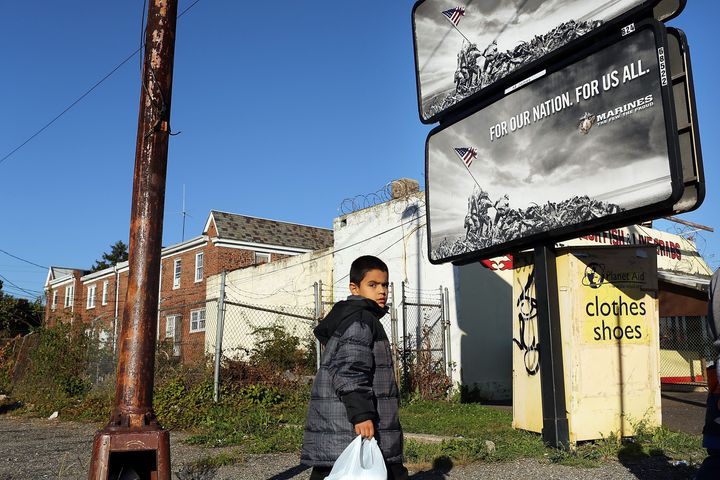
Being poor is hard work. There’s an awful lot of time spent stretching resources, waiting in line, changing buses three times to get where you need to go — only to be told you need to come back tomorrow because the computer is down. Perhaps the most daunting thing about this hard job is that it can seem impossible to get ahead. Just staying even is a challenge.
The lives of people living in deep poverty are so different from those of us in the middle class that it can be hard to put ourselves in their shoes. When I first started a non-profit to give low-income families diapers, people were always asking me: Why don't they just use cloth diapers?
Well, some of them do, but most people who rent don’t have washing machines. Laundromats usually don’t let people wash diapers in their machines. Detergent and bleach aren't free — and they aren’t items you can buy with food stamps.
Lack of knowledge often translates into a lack of sympathy. “Why don't they just …” The implication is that the predicaments of low-income families arise from stupidity or laziness, or both.
Many communities are doing an interesting exercise to change that. These events are called poverty simulations. Participants are given a profile that will include family size, any public assistance they are on, special circumstances like a recent job loss and so forth. Someone who was a thriving small business owner when he walked in the door might find himself a senior citizen living on social security and parenting two grandchildren. They generally have to budget play money to last a month. Weeks last 15 minutes. Volunteers play roles like schoolteachers, landlords, police officers or grocers.
The exercise can make a striking impression on people. Here are what some high school students had to say after participating in a poverty simulation.
I couldn’t believe my family got evicted! We were trying our very best and it just wasn't good enough.
At one point during the simulation I really wanted to cry. I finally got to the front of the line to cash my check and the bank closed! They said I had to come back tomorrow. I needed the money to take care of my family. I didn't know what to do!
The Poverty Reduction Initiative studied the responses of people who participated in these simulations. The results were dramatic: 93 percent said that they were more likely to view people living in poverty with an open mind and to better understand their needs; 74 percent said they were more likely to work with community resources to assist people living in poverty.
There’s a phrase that comes up often when people talk about a great volunteer or a generous donor. He or she “gets it.” When people truly understand how great the obstacles are facing people in poverty, they want to help. It’s easier and more comfortable, of course, not to understand the obstacles. Sometimes being a little uncomfortable can be a very good thing.
Poverty simulations are typically run by schools or social action agencies. But there’s no reason a faith community, a library or even a bunch of neighbors couldn’t do one. I’d love to hear from readers about what their poverty simulation experiences were like.
